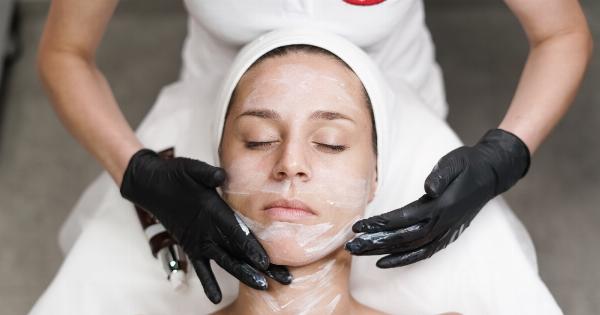The shaving industry is continually expanding, innovating, and designing some of the most efficient and expensive razors for a comfortable and smooth shave.
Razor manufacturers have explored the latest cutting-edge technology to provide users with the perfect shaving experience.
However, even with all these technological advancements, how we shave our faces still comes down to one decisive factor, our skill with the razor. A poorly perform shave can harm your skin, and a perfect one can leave you looking sharp and handsome.
The art of shaving
Shaving has been around for more than 5000 years, and back then, the Egyptians used an animal bone or sharpened stone to shave their hair.
But, with time shaving tools have been developed, and the most recent technology in the razor industry has seen an explosion of new shavings products.
The art of shaving has come a long way since the ancient Egyptians; no doubt, this daily ritual is not just about looking fresh and decent.
Shaving is deemed an art that requires investment in high-quality tools, including razors, shaving gels, creams, and brushes.
Shaving is an essential process that requires skill and preparation. The slightest mistake can lead to skin bruising, cuts, and razor burns, which are not only nasty to look at but can also cause pain and discomfort.
Choose the right razor
With so many types of razors available on the market, choosing the right one can be overwhelming. Typically, there are two types of razors, electric razors and safety razors.
Electric razors are known to provide quick and comfortable shaving as they require no lather or preparation, Meanwhile, safety razors use the old-school technique of replacing blades to practice close contact shaving.
Safety razors require shaving creams, gels, or soaps to lather before shaving.
Additionally, safety razors come with various designs, from a double-edged safety razor to cartridge razors. For those who are seeking high-end products, straight razors are the ultimate choice of razor.
Straight razors provide the most clean and sharp shave yet they require a high level of skill to use correctly.
Preparation for shaving
Successful shaving begins before the actual shaving process. Preparing your skin for shaving is the cornerstone of a good and healthy shave.
Shaving can be made bearable and comfortable by utilizing the adequate products to keep your skin hydrated and soft.
Before you begin shaving, cleaning your face with warm water or taking a shower is the first fundamental step. Warm water not only opens your skin pores but it cleanses your skin of any bacteria buildup that may lead to acne and other skin irritations.
A warm washcloth is also an alternative to opening up your pores before shaving.
Afterwards, you need to apply pre-shave oil or pre-shave gel to dampen your skin and hair. Pre-shave oil or gel helps to lubricate the skin and prevent skin irritation during the shaving process.
The Alum block is also used to prepare the skin by reducing any irritations acquired on the skin before shaving.
The shaving process itself
Finally, after you have prepped your face and lathered with shaving cream or soap, it’s time to begin shaving.
Applying too much pressure while shaving can lead to cuts and skin irritations, while certain shaving techniques can result in a smoother, closer shave.
To get a better shave, start by shaving with the direction of hair growth. This results in a gentler shave that does not pull out or hurt your hair follicles.
Using gentle strokes, and shaving the section of the skin immediately close to the sideburns at first, then gradually move to the cheek area.
Once you have finished the first pass, it’s important to re-lather your skin and repeat the process. This time, shave against hair growth to get a smoother shave and to remove any stubble left behind.
Once you have completed the second pass, rinse your face with cold water to close the pores and soothe any remaining irritations.
Post-shaving care
Once you’ve finished shaving, it’s essential to clean up and moisturize. Moisturizing your skin after shaving is vital as it keeps your skin hydrated, and it soothes any post-shave discomfort.
You can use Aloe Vera gel or a post-shave balm to soothe any redness, cuts or irritations on the skin.
Additionally, disinfecting your razor after the shaving process is essential. Cleaning the razor, including rinsing it with hot water and disinfecting in rubbing alcohol, removes bacteria from the blade and prevents any infections on the skin.
The bottom line
Shaving should not be a daunting process. With the correct preparation and the right tools, shaving can provide a comfortable, smooth, and clean finish. It’s the little details that can make a shaving process an amazing experience.
Follow these tips to have the perfect shave and say goodbye to irritation and persistent pimples.































